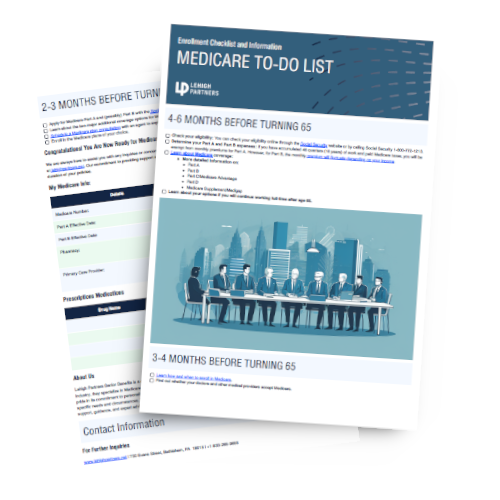Getting Medicare right is crucial — but it can also feel overwhelming.
From enrollment deadlines to confusing plan options, there are a lot of ways small mistakes can lead to big problems later.
The good news?
You can avoid the most common Medicare enrollment mistakes by staying informed and planning ahead.

To ensure a smooth Medicare experience, it's important to avoid common mistakes such as enrolling in a timely manner, staying up-to-date on plan changes, considering prescription coverage, evaluating Medigap options, and keeping personal information updated.
Know Your Medicare Enrollment Timeline
One of the biggest mistakes is missing your Initial Enrollment Period (IEP).
If you don't sign up for Medicare Parts A and B during this window — usually when you turn 65 — you could face lifetime penalties and gaps in coverage.
Not sure when your Medicare enrollment window starts?
Use our Medicare Enrollment Date Calculator to find your personal timeline in seconds and avoid costly penalties.
Top Medicare Mistakes to Avoid
Here are some of the most common pitfalls — and how to sidestep them:
- ✅ Missing Enrollment Deadlines
Enroll in Parts A and B during your Initial Enrollment Period to avoid penalties and delayed coverage. - ✅ Misunderstanding the Parts of Medicare
Know the difference between Part A (hospital), Part B (medical), Part C (Medicare Advantage), and Part D (prescriptions). - ✅ Skipping Annual Plan Reviews
Medicare plans can change every year. Always review your Annual Notice of Change to avoid surprise costs or losing network coverage. - ✅ Delaying Part D Prescription Coverage
Even if you don't take medications now, enrolling in Part D when first eligible prevents future penalties. - ✅ Ignoring Medicare Supplement (Medigap) Options
Medigap plans help cover out-of-pocket costs Original Medicare doesn’t pay. Don't overlook them when planning your coverage. - ✅ Not Fully Evaluating Medicare Advantage Plans
Advantage plans often include dental, vision, and hearing — but they can also have network limits. Be sure to check carefully. - ✅ Forgetting to Update Your Information
Make sure your address and contact information are current with the Social Security Administration to avoid missed notices or billing issues.
🚀 Ready to Find the Right Medicare Plan?
Need Help Avoiding Medicare Mistakes?
Lehigh Partners is here to guide you through Medicare enrollment and beyond. Get expert advice, avoid penalties, and find the coverage that fits you best.
Contact Us for Help
